 The delightful, urbane and unapologetically posh film noir “Laura” (1944, Otto Preminger) screens tonight at 7:30 p.m. at the Egyptian Theatre in Hollywood, part of the American Cinematheque.
The delightful, urbane and unapologetically posh film noir “Laura” (1944, Otto Preminger) screens tonight at 7:30 p.m. at the Egyptian Theatre in Hollywood, part of the American Cinematheque.
“Laura” makes me nostalgic for a life I never led — the adventures of a 1940s career girl living in Manhattan: landing a job on Madison Avenue, buying suits and silk stockings for work, renting a place for $40/month, meeting handsome men, dinner and drinks at the Stork Club, weekend trips to the country.
Of course, “Laura” does have a few downsides — murder and mistaken identity, for starters. Seems that turning every head and being the toast of the town, as is the case with the charming and lovely Laura (Gene Tierney), may prove very dangerous. In a series of flashbacks, we learn the details of Laura’s life and it appears that in addition to having many admirers, she attracted an enemy or two as well. You can read the full review here.
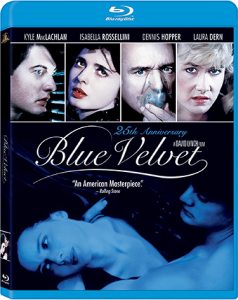 And Thursday night: Thomas Ethan Harris presents a seminar on deconstructing writer/director David Lynch’s “Blue Velvet” (1986). This detailed look inside Lynch’s masterpiece takes place in the Spielberg Theatre of the Egyptian.
And Thursday night: Thomas Ethan Harris presents a seminar on deconstructing writer/director David Lynch’s “Blue Velvet” (1986). This detailed look inside Lynch’s masterpiece takes place in the Spielberg Theatre of the Egyptian.
In “Blue Velvet,” Lynch dazzles and disturbs us as he probes the evil beneath the surface of sunny small-town Americana. Twenty-eight years later, its trippy shimmer has not dimmed, reminding us of Lynch’s auteur power. You can read the full review here.





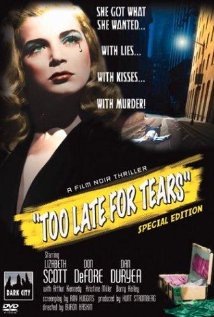
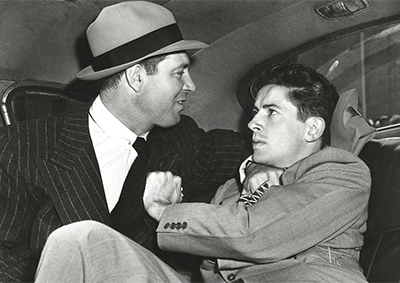
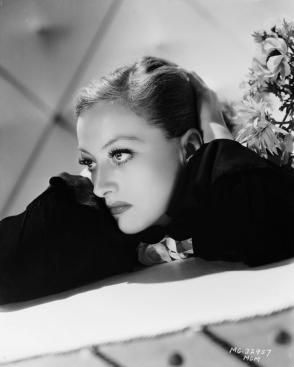
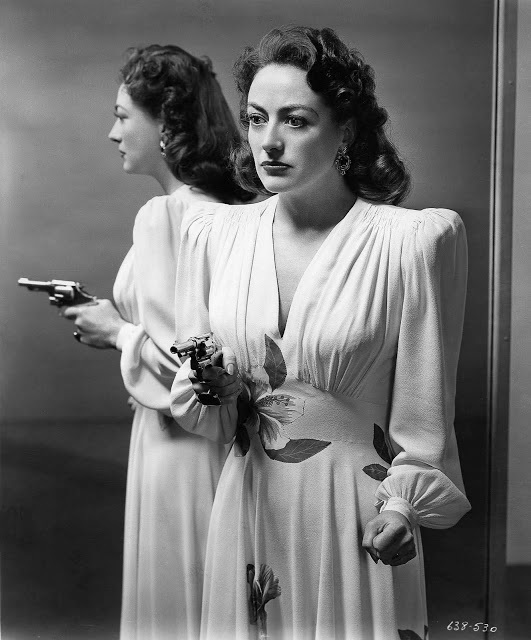
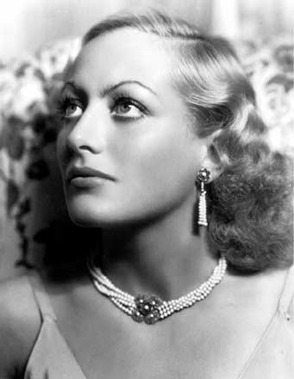
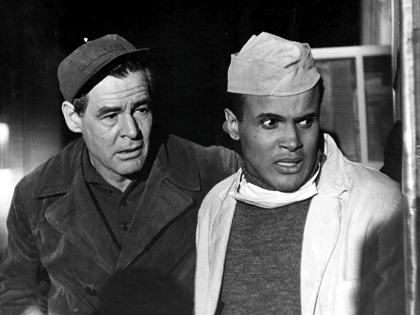
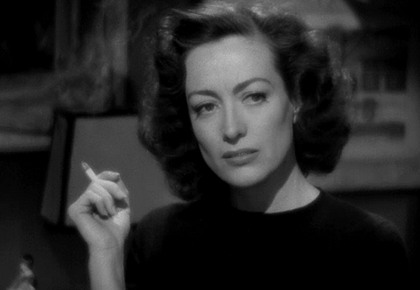
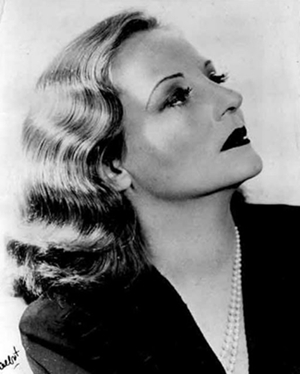
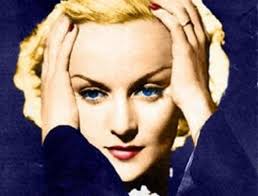
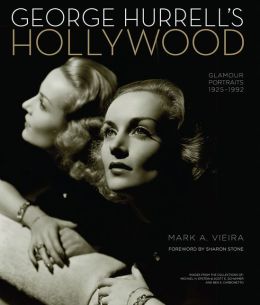
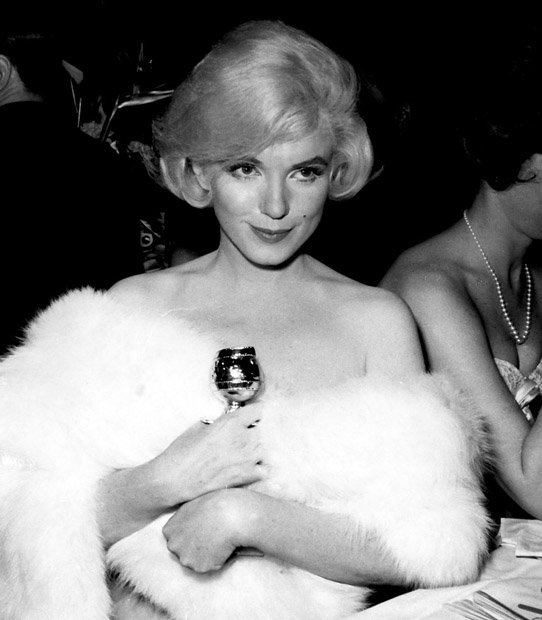
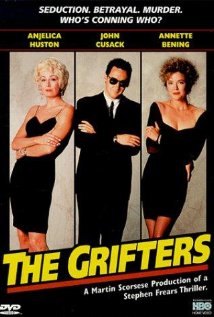
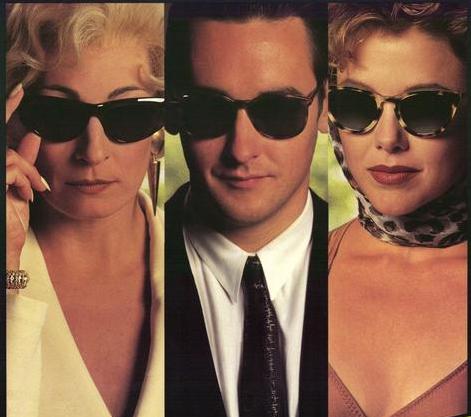
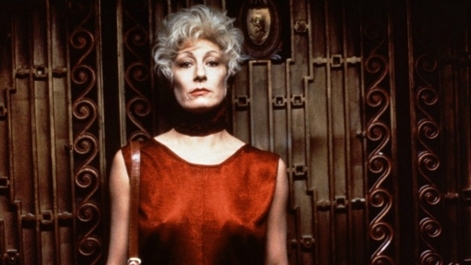
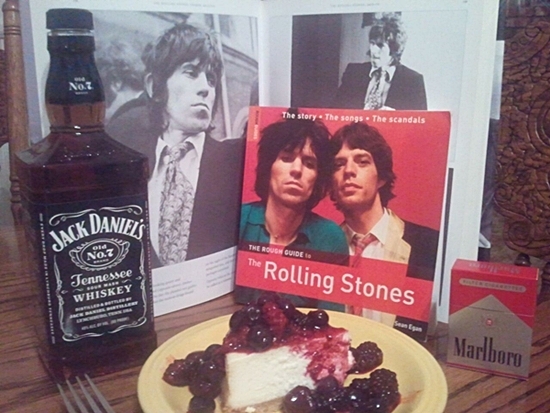
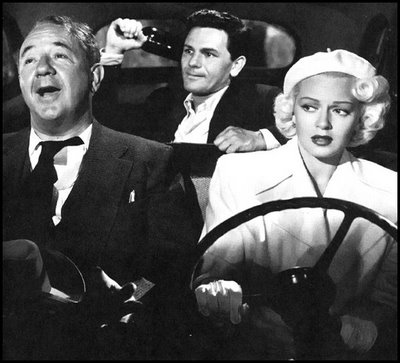
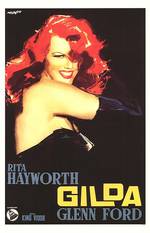
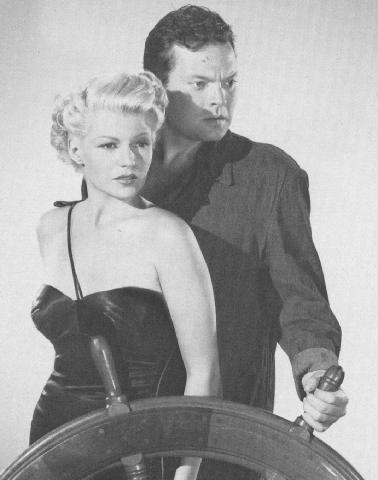
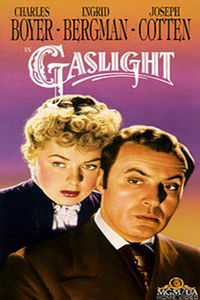





From FNB readers